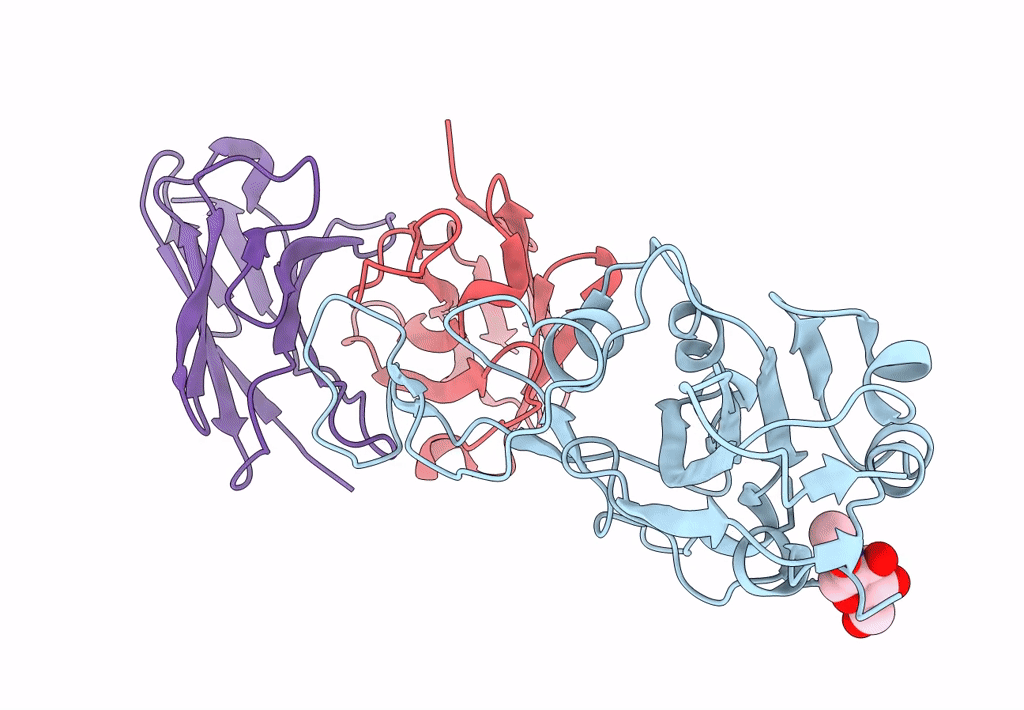
Deposition Date
2022-06-08
Release Date
2022-10-19
Last Version Date
2024-11-06
Entry Detail
PDB ID:
8D8R
Keywords:
Title:
SARS-CoV-2 Spike RBD in complex with DMAb 2196
Biological Source:
Source Organism:
Homo sapiens (Taxon ID: 9606)
Severe acute respiratory syndrome coronavirus 2 (Taxon ID: 2697049)
Severe acute respiratory syndrome coronavirus 2 (Taxon ID: 2697049)
Host Organism:
Method Details:
Experimental Method:
Resolution:
4.10 Å
Aggregation State:
PARTICLE
Reconstruction Method:
SINGLE PARTICLE


